Bringing home your first horse is an exciting milestone on your equestrian journey, but choosing the right breed can make or break your experience. While horses of all kinds can form incredible bonds with their owners, some breeds naturally offer temperaments, learning curves, and care requirements better suited to novice handlers. The ideal first horse balances gentleness with responsiveness, forgives beginner mistakes, and provides a solid foundation for learning essential horsemanship skills. In this comprehensive guide, we’ll explore the most recommended horse breeds for beginners, highlighting their unique characteristics, advantages, and considerations to help you find your perfect equine partner.
American Quarter Horse
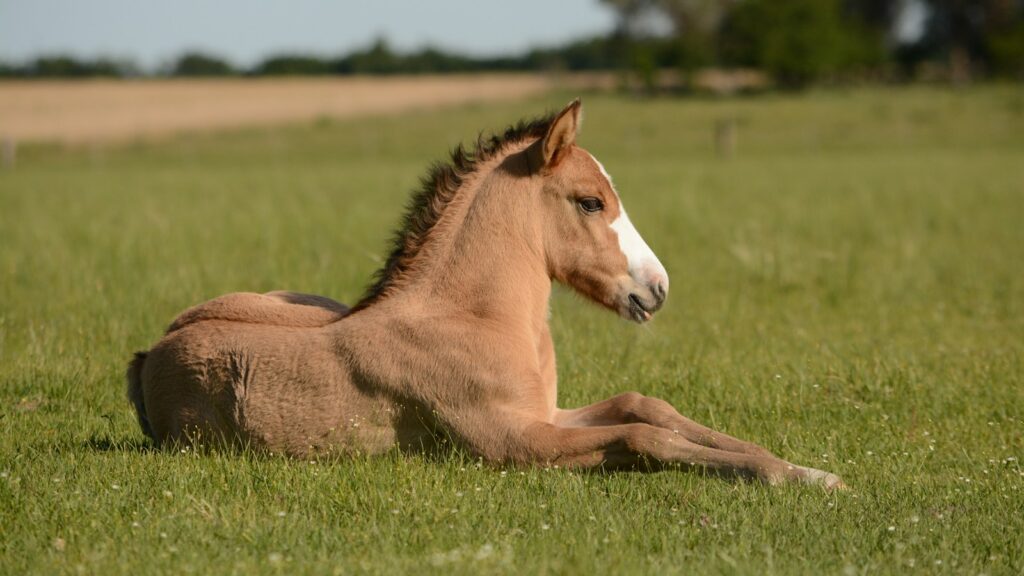
The American Quarter Horse stands as perhaps the most popular choice for first-time horse owners, and for good reason. These versatile animals combine an even-tempered disposition with exceptional intelligence, creating a forgiving learning environment for novice riders. Originally bred for short-distance racing and cattle work, Quarter Horses possess natural athletic ability while maintaining a level-headed approach to new situations. Their compact build (typically 14.3-15.2 hands high) creates a lower center of gravity compared to taller breeds, making them feel more secure and less intimidating for beginners. Additionally, their widespread popularity means finding qualified trainers, appropriate tack, and even potential mentors within the Quarter Horse community is relatively straightforward for new owners.
Morgan Horse
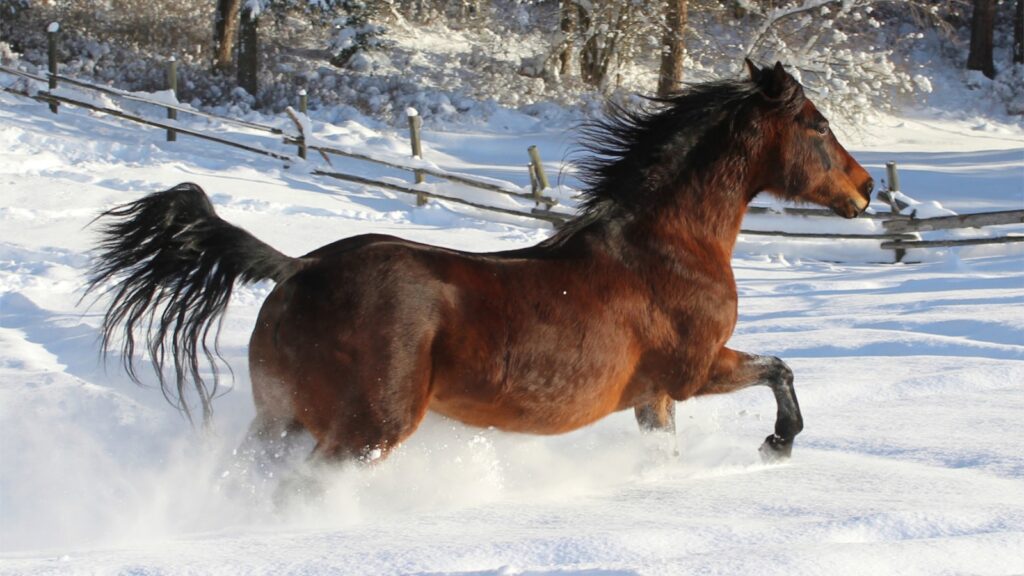
The Morgan horse breed traces its lineage back to a single foundation sire named Figure (later renamed Justin Morgan), making it one of America’s oldest breeds with a reputation for versatility and people-oriented personalities. These horses typically stand between 14.1-15.2 hands and possess a compact, muscular build coupled with an elegant appearance that belies their hardiness. Morgans are known for their exceptional intelligence and willing attitudes, often described as “trying their hearts out” for their riders even when communication might be imperfect. Their natural forward movement and responsive nature make them excellent teachers, while their trademark friendliness creates strong human-horse bonds right from the start. Many Morgan owners particularly appreciate the breed’s adaptability across disciplines, from driving to dressage, trail riding to jumping, allowing new owners to explore different equestrian pursuits with the same horse.
Tennessee Walking Horse
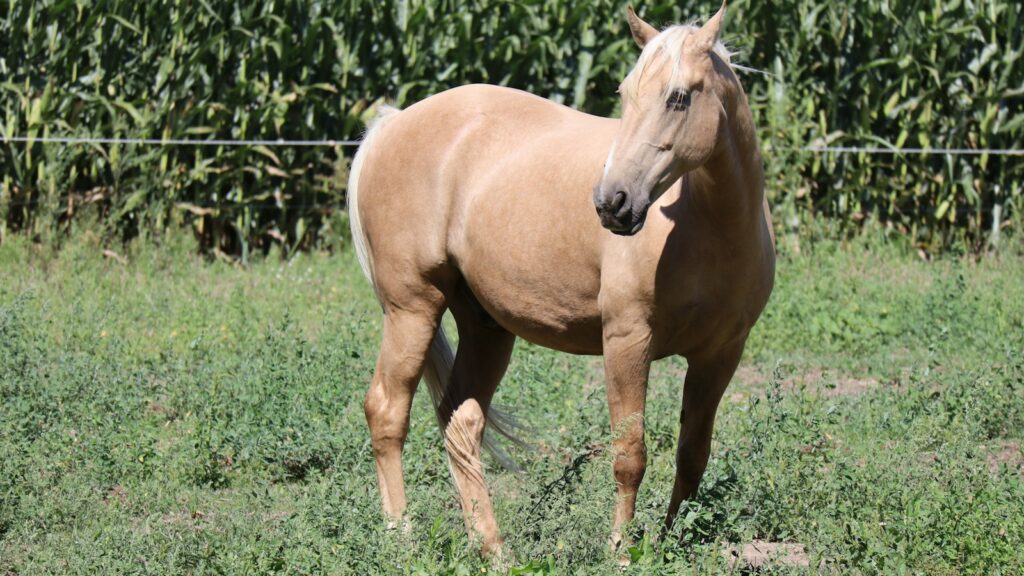
For first-time owners concerned about a comfortable riding experience, the Tennessee Walking Horse offers a naturally smooth gait that minimizes the bouncing sensation often challenging for beginners. Their signature running walk provides a gliding motion that reduces rider fatigue and joint stress during longer rides, making these horses excellent choices for adults returning to riding or those with back concerns. Beyond their comfortable gait, Tennessee Walkers typically possess gentle, people-pleasing temperaments that thrive on human interaction and form strong bonds with their owners. Standing typically between 14.3-17 hands, these horses come in various sizes to accommodate different rider preferences while maintaining their trademark docile disposition. Their reliability on trails and around unfamiliar stimuli makes them particularly valuable for owners more interested in recreational riding than competitive pursuits.
Icelandic Horse
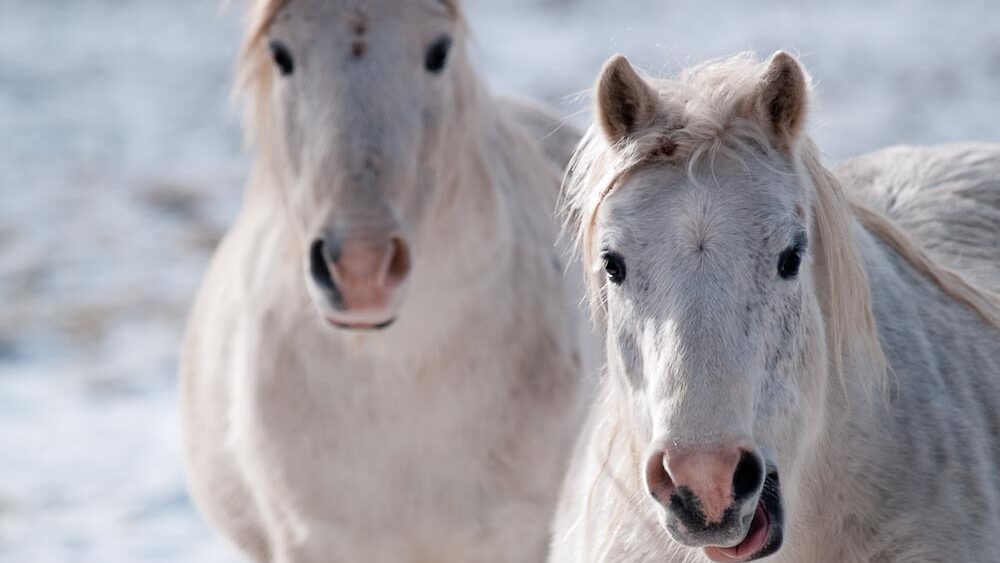
Despite their small stature (typically 13-14 hands), Icelandic horses pack remarkable strength, endurance, and character into their compact frames, making them excellent choices for smaller adults or larger children as their first horses. These ancient horses have remained virtually unchanged since Vikings first brought them to Iceland in the 9th century, developing into hardy, sure-footed mounts capable of carrying substantial weight relative to their size. One of their most distinctive features is their five natural gaits—walk, trot, canter, tölt (a smooth four-beat gait), and flying pace—with the tölt in particular offering extraordinary comfort for riders. Icelandics typically possess friendly, curious personalities coupled with a level-headed approach to new situations that serves beginners well. Their exceptional intelligence means they learn quickly, though this also requires consistent handling to prevent them from developing unwanted habits.
Haflinger
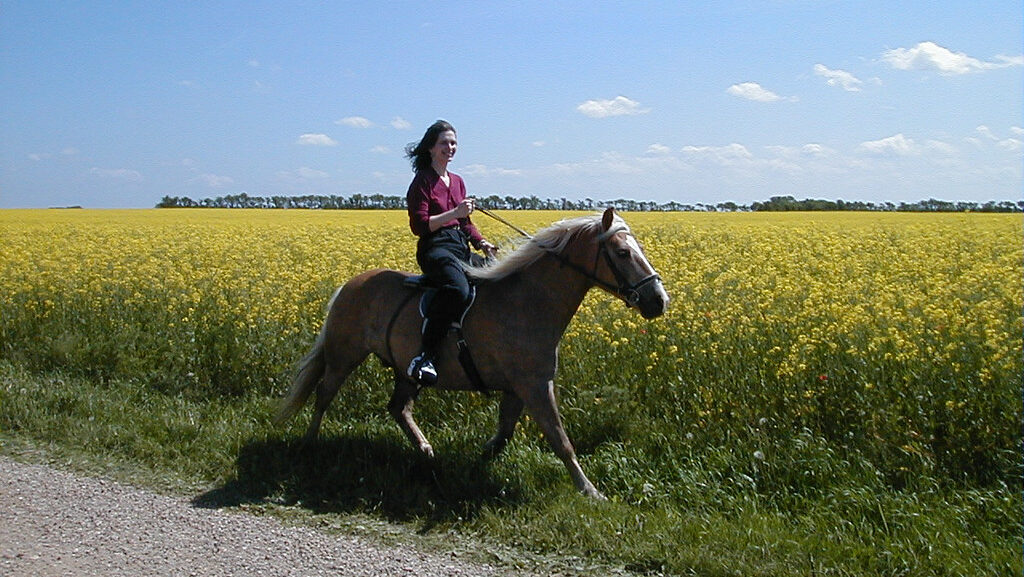
Originating from the mountainous regions of Austria and northern Italy, Haflingers combine the surefootedness of mountain ponies with the strength and temperament needed for family horses. Their distinctive chestnut coloring with flaxen mane and tail makes them easily recognizable, while their typical height of 13.2-15 hands places them in an ideal size range for many beginners who might find larger horses intimidating. Haflingers possess remarkable versatility, excelling in driving, light draft work, dressage, jumping, and trail riding despite their smaller stature. Their intelligent, willing nature makes them responsive to training, while their natural hardiness means they often thrive with somewhat simpler care requirements than more delicate breeds. Many first-time owners particularly appreciate the Haflinger’s combination of forward-moving energy with level-headed good sense, creating a horse that’s neither dull nor overly reactive.
Connemara Pony
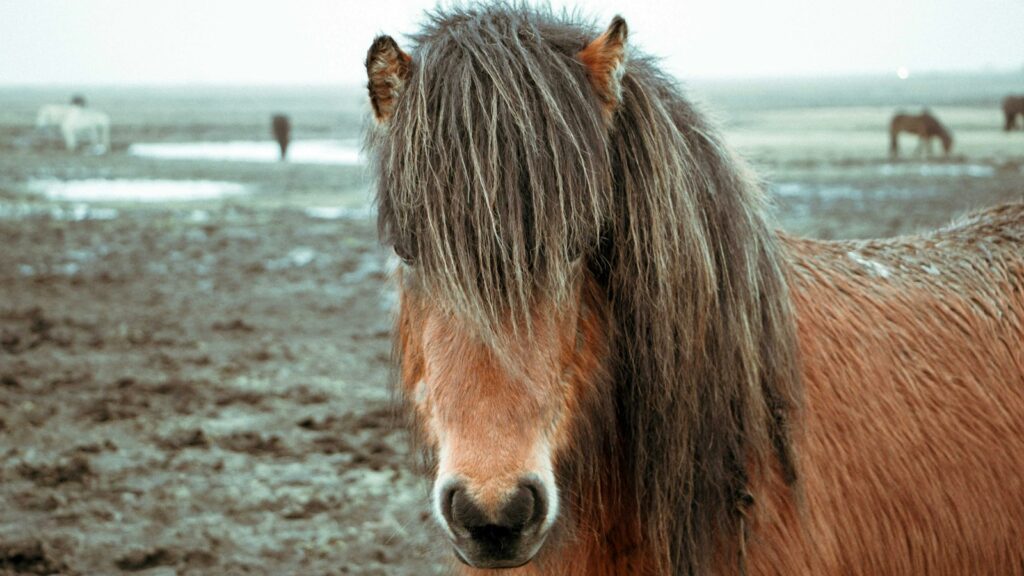
The Connemara pony from western Ireland offers an exceptional blend of athleticism and sensibility that serves first-time owners particularly well. Standing between 13-15 hands, these ponies possess the substance to carry adults comfortably while maintaining the sure-footedness and intelligence developed through centuries of navigating Ireland’s rocky terrain. Connemaras are renowned for their jumping ability, often competing successfully against much larger horses, yet they maintain the level-headed approach to new situations that beginners need. Their naturally balanced movement makes basic riding skills easier to develop, as these ponies tend to move correctly even without perfect rider input. While spirited enough to remain interesting for advancing riders, Connemaras typically display thoughtfulness rather than reactivity when encountering unfamiliar situations. Their versatility across disciplines from eventing to dressage, combined with their generally sound constitutions, makes them practical first horses that can grow with their riders’ abilities.
Norwegian Fjord
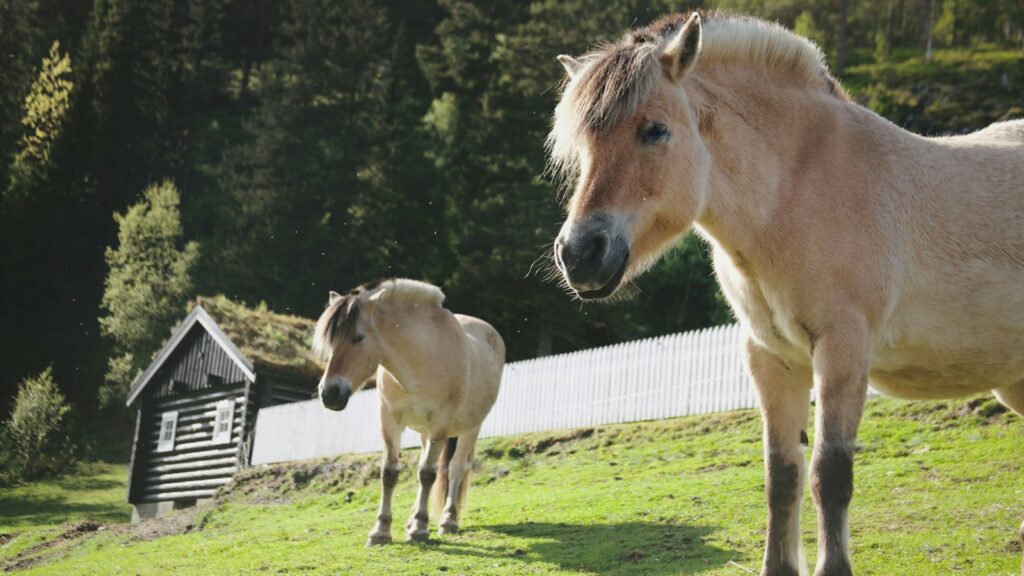
Few breeds combine the striking appearance, gentle temperament, and historical significance of the Norwegian Fjord horse. Immediately recognizable by their distinctive dun coloring and unique “crewcut” mane (traditionally cut to stand upright, showcasing the dark center stripe), Fjords typically stand between 13.2-14.2 hands. Despite their relatively small stature, these horses possess remarkable strength and stability, having been developed in the mountainous regions of Norway for farm work, riding, and driving. Fjords are known for their exceptional patience and steady temperaments, often described as “thinking before reacting” when faced with unfamiliar situations. Their natural balance and sturdy conformation make them forgiving of rider mistakes, while their intelligent approach to training helps beginners develop consistent communication skills. Additionally, Fjords frequently possess strong herd instincts that translate to loyalty toward their human handlers, creating horses that genuinely seem to enjoy human interaction.
American Paint Horse
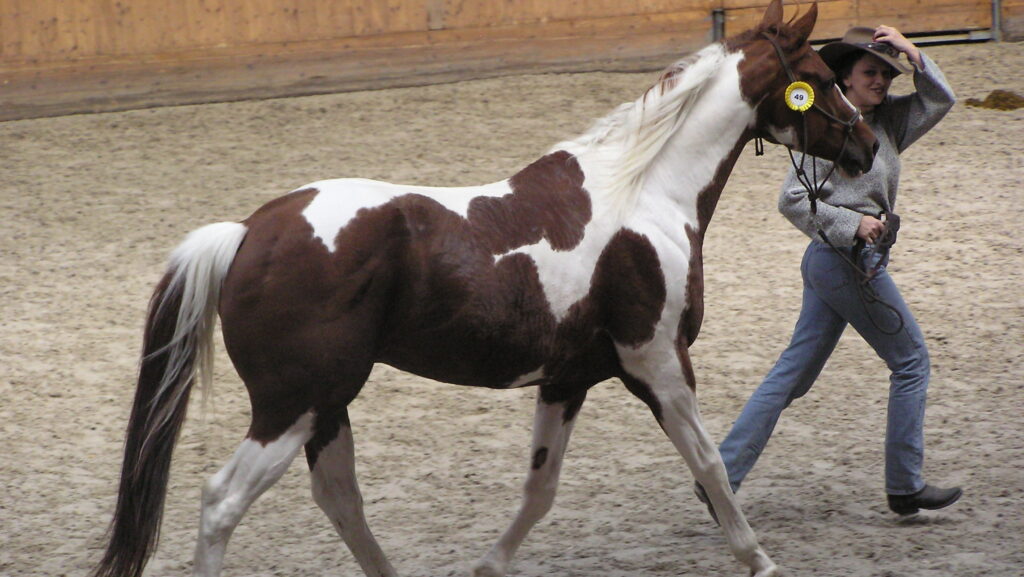
Combining the solid temperament of Quarter Horses with striking colorful patterns, American Paint Horses offer first-time owners both reliability and eye-catching beauty. These horses share bloodlines with Quarter Horses but must exhibit specific white and dark coat patterns to qualify for the Paint registry, resulting in similar calm dispositions and athletic versatility with distinctive appearances. Standing typically between 14-16 hands, Paints offer appropriate sizes for various rider types while maintaining substantial enough builds to feel secure under saddle. Their natural cow sense makes them particularly responsive to subtle cues, though this intelligence comes paired with a generally forgiving nature ideal for beginners still developing consistent communication. Paint horses excel across Western disciplines like reining and cutting, but adapt readily to trail riding, lower-level jumping, and even dressage pursuits, allowing first-time owners flexibility as they discover their equestrian interests.
Appaloosa
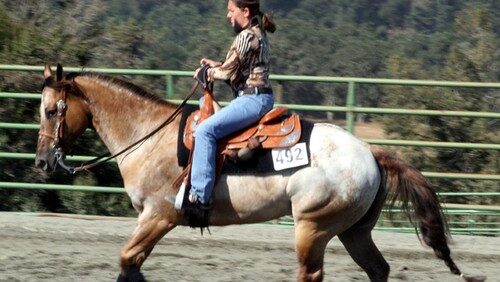
With their distinctive spotted coats and Native American heritage, Appaloosas combine historical significance with practical attributes that benefit first-time horse owners. Developed by the Nez Perce tribe in the Northwestern United States, these horses were bred for versatility, endurance, and level-headed intelligence—qualities that continue to define the breed today. Appaloosas typically stand between 14.2-16 hands and possess strongly muscled bodies capable of everything from trail riding to barrel racing, roping to pleasure classes. Their famously independent thinking style means they rarely panic in unexpected situations, instead assessing circumstances before reacting—a valuable trait for beginners still developing their confidence. Many Appaloosa owners particularly value the breed’s combination of forward-moving energy with sensible self-preservation instincts that help keep both horse and inexperienced rider safe. Additionally, their generally hardy constitution and adaptability to various management conditions make them practical first horses for those without extensive facilities.
Drafting Crosses
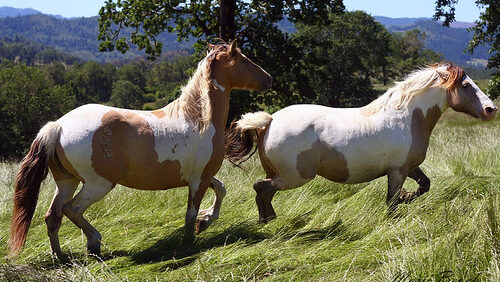
For first-time owners seeking the gentle nature of draft breeds in a more manageable package, various draft crosses offer excellent options combining the best of both worlds. Crosses such as the Irish Draught Sport Horse, Percheron-Thoroughbred, or Belgian-Quarter Horse typically inherit the calm, willing temperament of their draft parentage while gaining more athletic movement and moderate size from their sport horse lineage. These crosses often stand between 15-17 hands, providing substantial presence while remaining more maneuverable than full drafts. Many first-time owners appreciate how these horses combine the patient, forgiving nature of draft breeds with more responsive gaits suitable for various riding disciplines. Their substantial bone structure typically supports durability and soundness, while their draft heritage often contributes to level-headed reactions in unfamiliar situations. Additionally, many draft crosses mature mentally earlier than hotter breeds, displaying consistent behavior that helps beginners develop confidence during their learning process.
Grade Horses
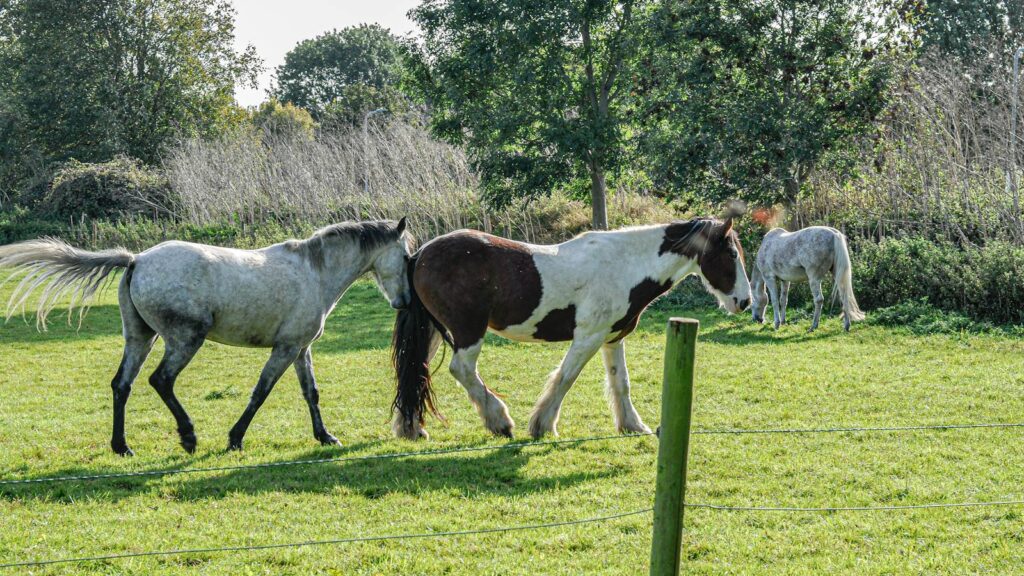
While pedigree papers certainly have their place, many experienced horsemen suggest first-time owners consider well-trained grade horses (those without formal registration) as an excellent entry point to horse ownership. These horses should be selected based on their proven temperament, training, and suitability rather than breeding documentation, often providing exceptional value for beginners. Experienced grade horses with several years of consistent handling frequently display settled personalities and established training patterns that create predictable, confidence-building experiences for new owners. Their typically lower purchase prices compared to their registered counterparts allow first-time buyers to invest more in quality pre-purchase veterinary exams, appropriate tack, and ongoing professional support. Many grade horses come with extensive history in specific disciplines, allowing new owners to match a horse’s established skills with their own riding interests rather than attempting to train for new pursuits. Most importantly, selecting a grade horse based on temperament and training shifts focus toward the qualities that matter most for beginner success rather than papers that won’t impact day-to-day interactions.
Older Horses vs. Young Prospects
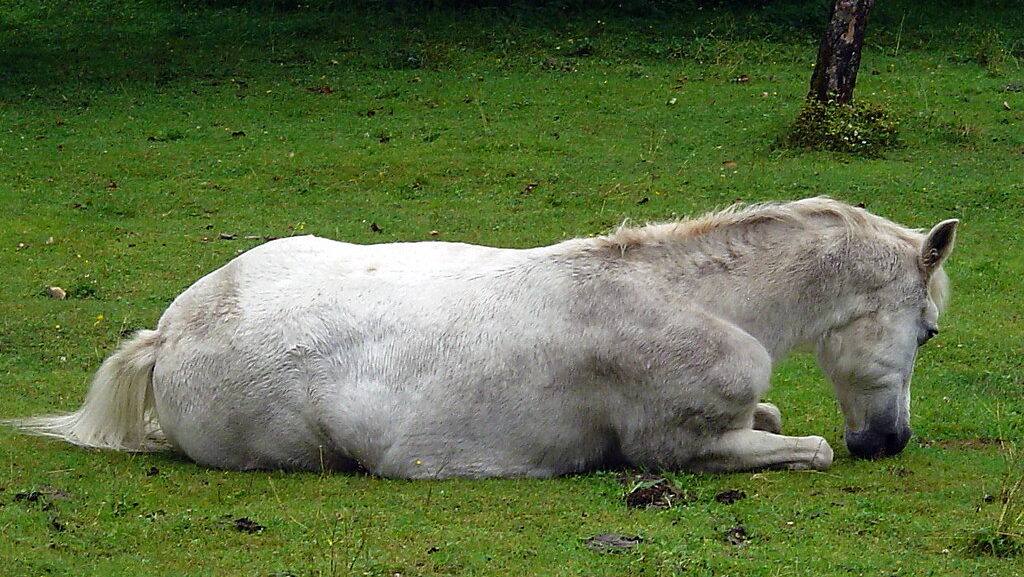
When selecting a first horse, age considerations often prove just as important as breed selection, with most equestrian professionals strongly recommending mature horses (typically 10-18 years old) for novice owners. These seasoned equines bring invaluable life experience, established training patterns, and emotional stability that creates safer, more educational experiences for beginners still developing their horsemanship skills. Older horses have typically encountered the most common stimuli—from flapping tarps to sudden noises—and have developed appropriate responses rather than unpredictable reactions. Their physical development is complete, meaning what you see is what you get regarding size, build, and movement patterns, unlike younger horses that may change significantly. Many of these horses have “been there, done that” across various situations, allowing them to guide inexperienced handlers through potential challenges rather than relying on the human for leadership. While the temptation to “grow together” with a young prospect might seem appealing, first-time owners almost invariably benefit from the educational partnership an experienced equine teacher provides.
Making the Final Selection: Beyond Breed
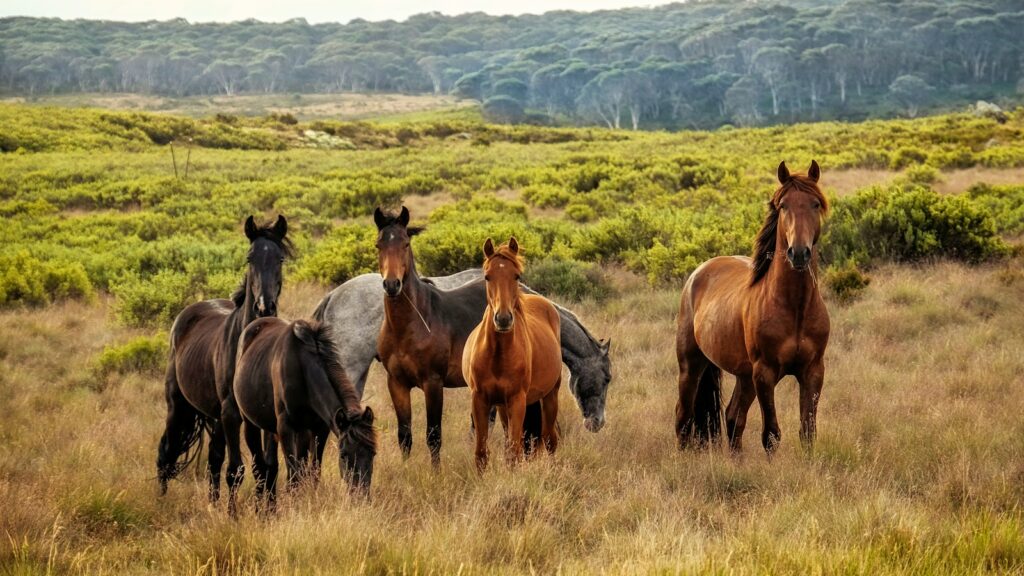
While breed characteristics provide valuable guidelines, individual temperament and training history ultimately matter far more than bloodlines when selecting an appropriate first horse. Before finalizing any purchase, arrange multiple trial rides under different conditions (ideally including at least one situation involving mild environmental stressors) to assess how the horse responds to varied circumstances. Involve an experienced trainer or instructor in your selection process, as these professionals can identify subtle behavioral cues that might escape a beginner’s notice. Consider the horse’s current handling and housing requirements relative to your available facilities, ensuring you can maintain appropriate care routines without dramatic changes that might destabilize even a typically steady horse. Most critically, honestly evaluate the match between your current skill level and the horse’s training—the ideal first horse operates somewhat like an educational autopilot, performing correctly even with imperfect rider cues while gently teaching better communication through consistent responses. Remember that temperament mismatches can create frustrating and potentially dangerous situations, even with breeds typically considered “beginner-friendly.”
Conclusion
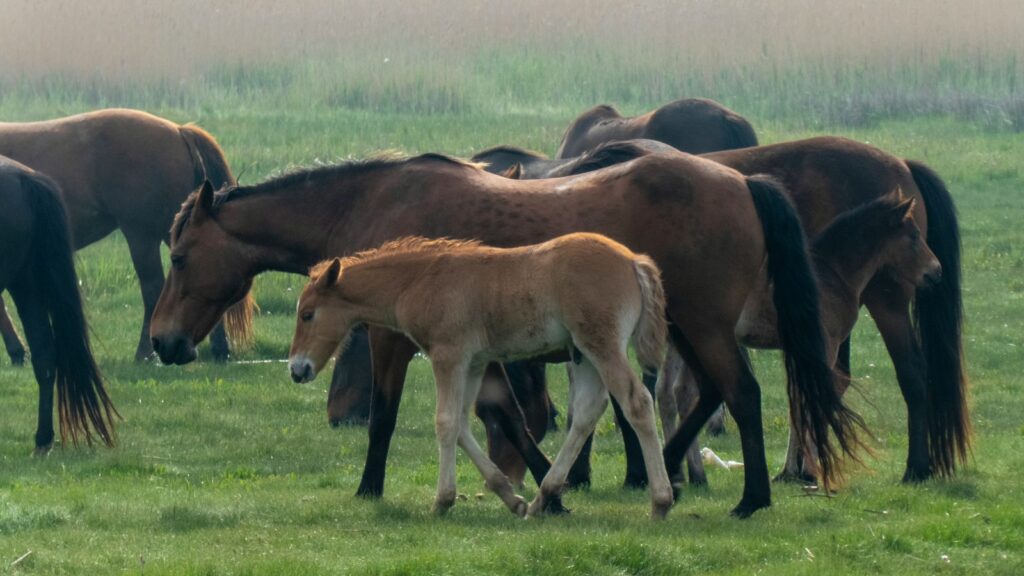
Finding the perfect first horse requires balancing breed tendencies, individual temperament, training level, and your personal goals as a rider. While the breeds discussed offer excellent starting points for your search, remember that exceptional individuals exist within every breed, and sometimes the most unexpected matches create the most rewarding partnerships. Take your time with this significant decision, leaning on experienced equestrians for guidance and prioritizing safety and education over other considerations. The right first horse becomes more than just a pet or recreational outlet—they become a teacher, confidence builder, and partner in your equestrian journey, potentially shaping your relationship with horses for decades to come.







